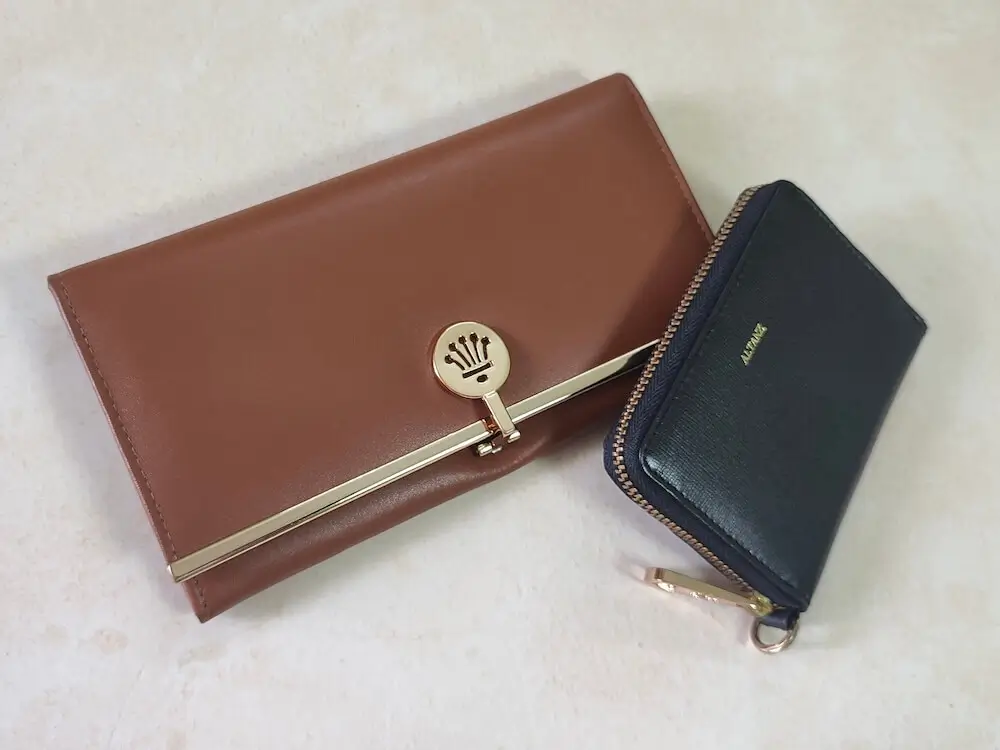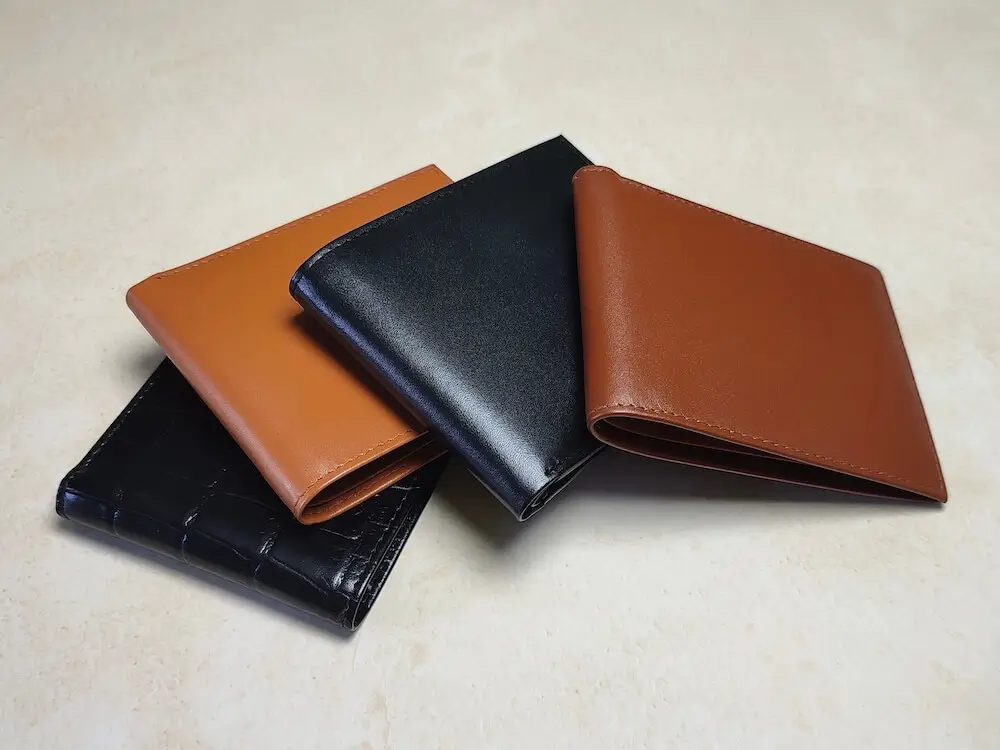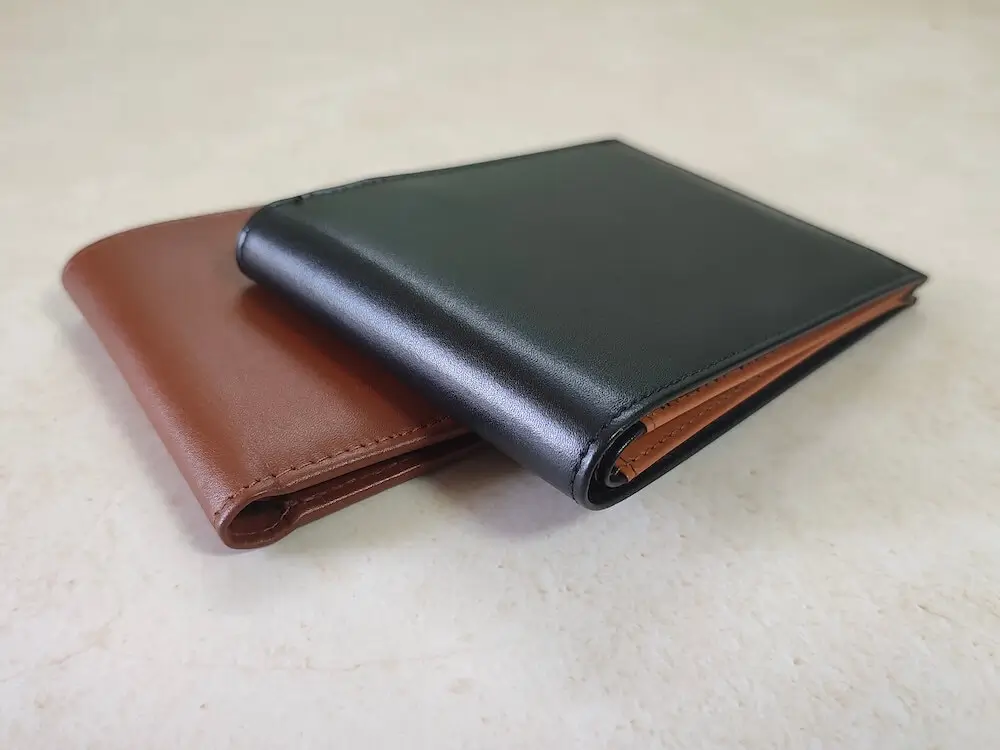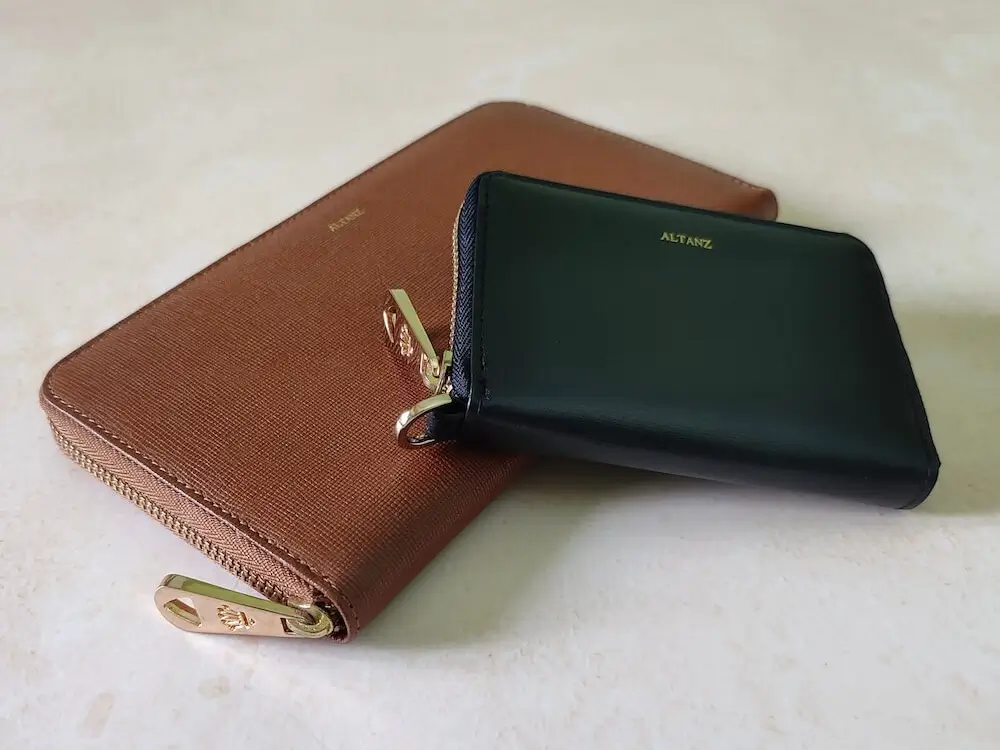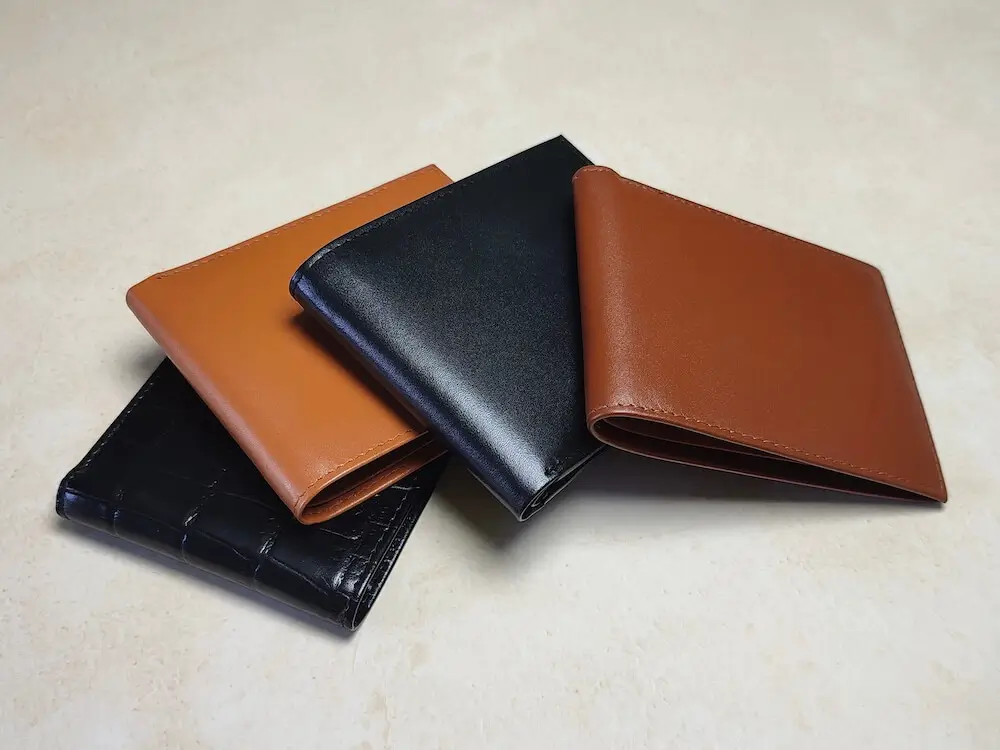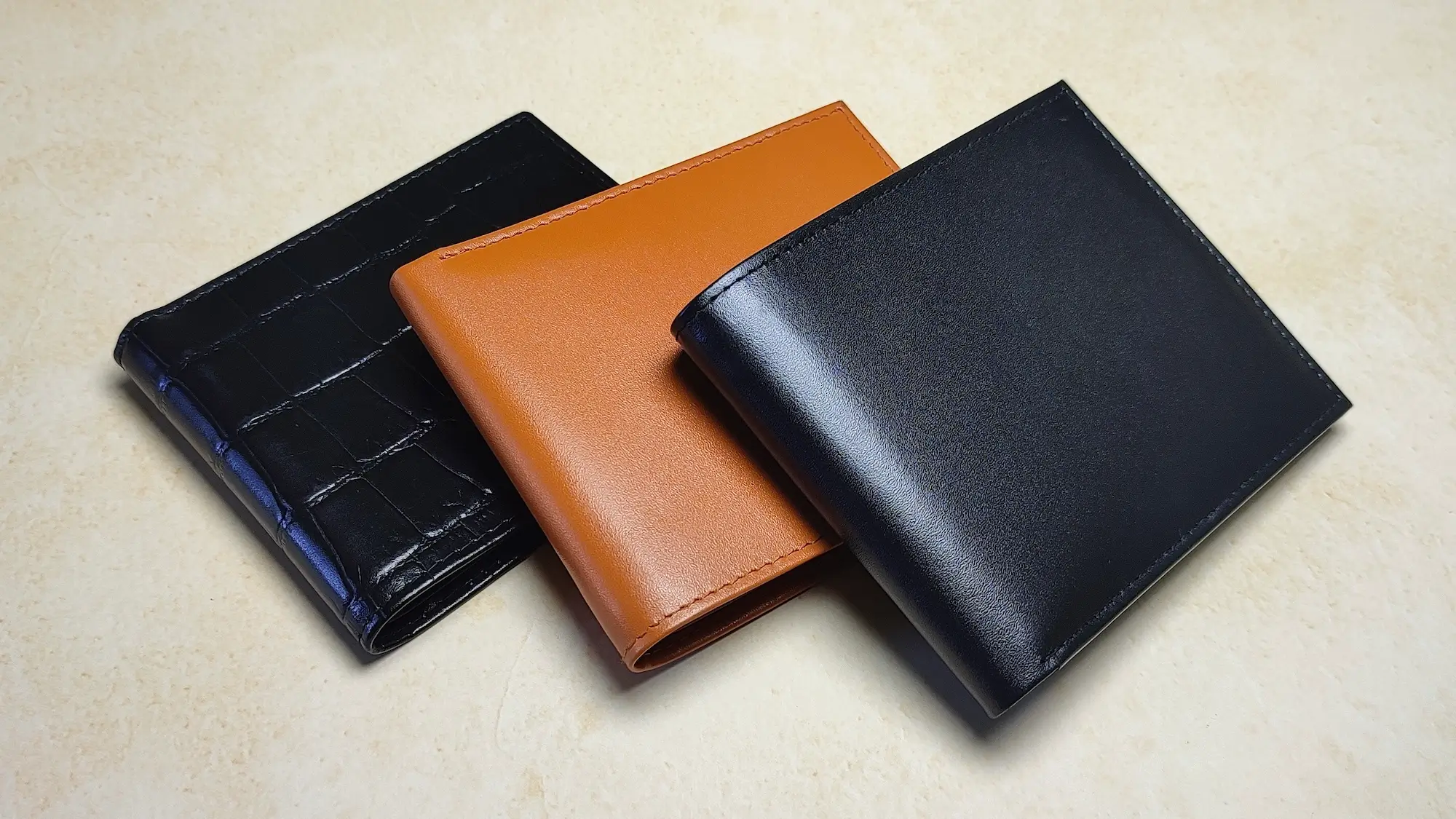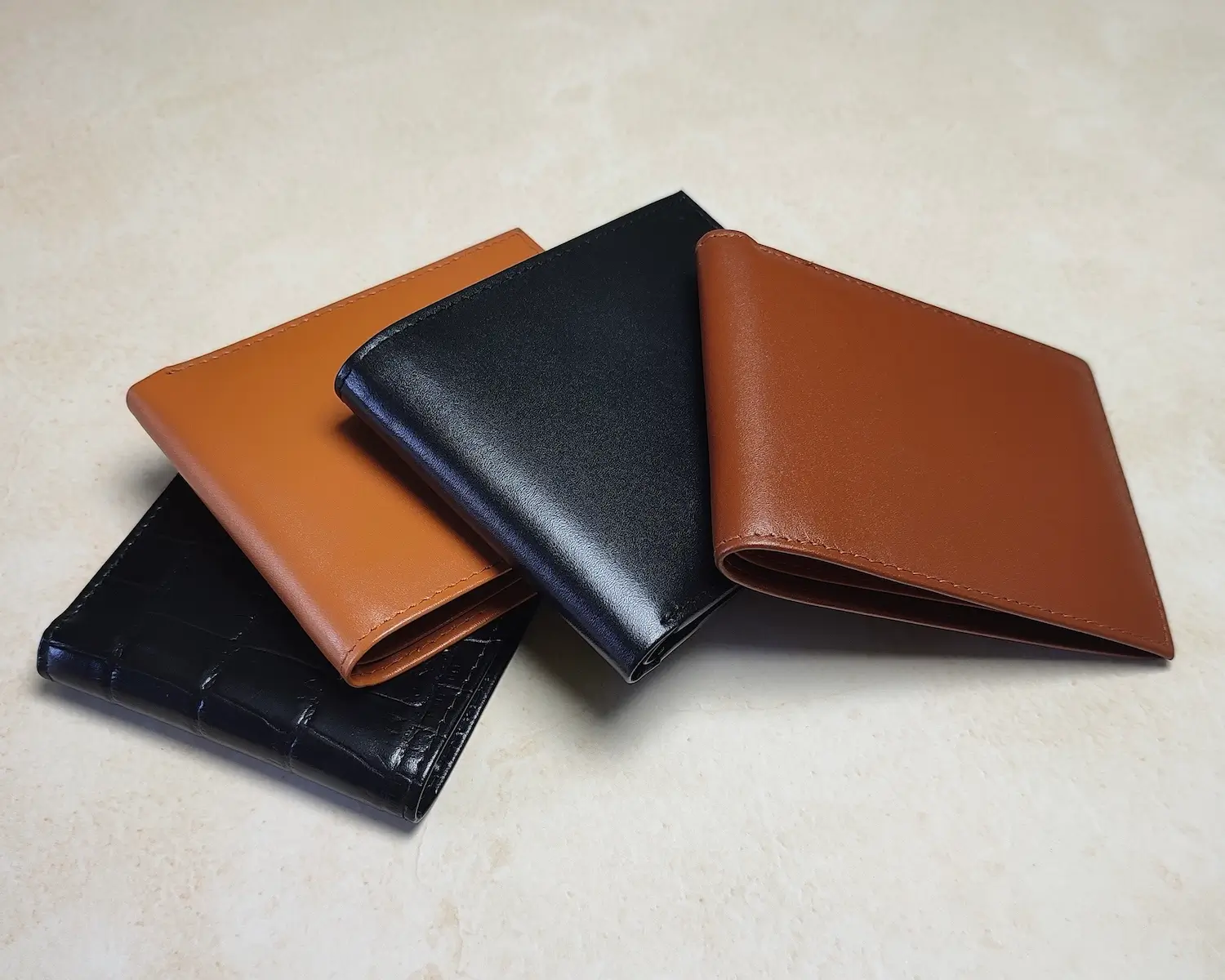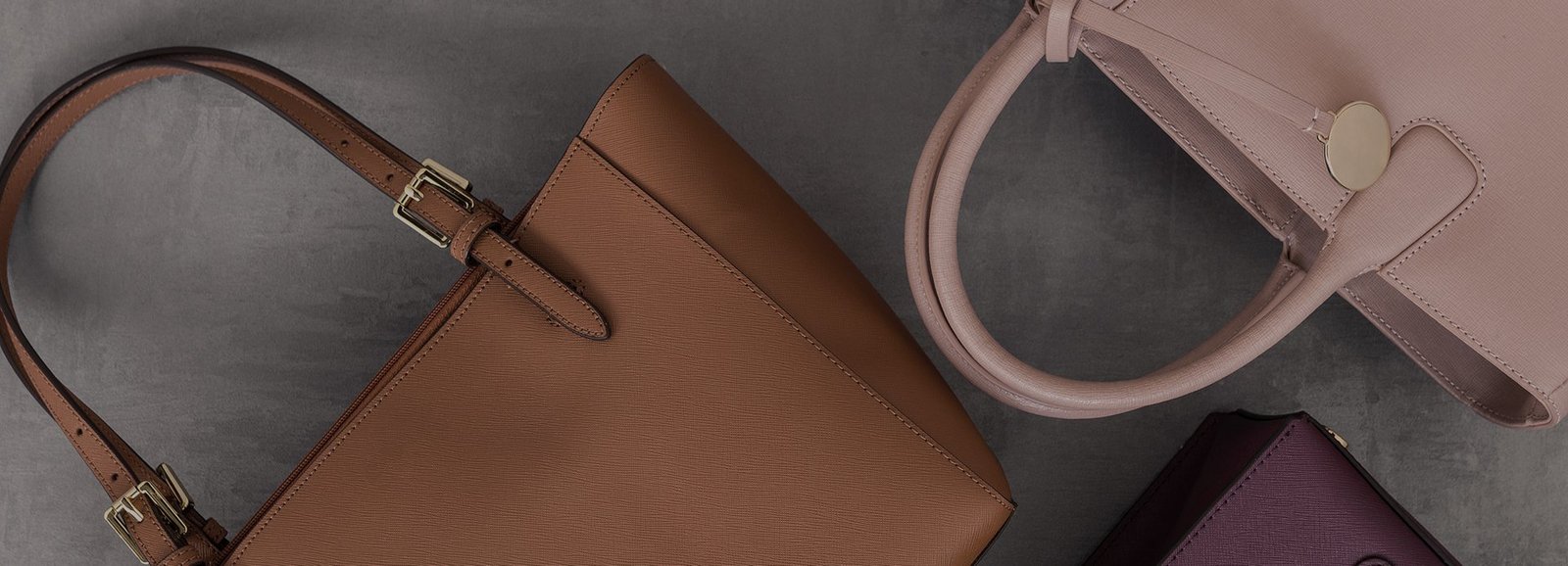Craftsmanship & Heritage
Suede vs. Leather: Which Is Better for Your Style and Durability?
Introduction
Suede and leather are two of the most popular materials for fashion and accessories, offering unique textures, styles, and uses.
Whether you’re shopping for a jacket, a pair of shoes, or a handbag, understanding the differences between suede and leather will help you choose the material that best suits your style and durability needs.
What Is Suede?
Definition and Characteristics
Suede is a type of leather made from the underside of animal hide, giving it a soft, velvety texture. It’s lightweight and flexible, making it a favorite for fashion-forward designs and accessories.
Common Uses
- Footwear (loafers, boots, and heels)
- Jackets and coats
- Handbags and clutches
- Upholstery for furniture
Pros and Cons
Pros:
- Luxurious texture adds elegance to any outfit.
- Lightweight and comfortable to wear.
- Versatile for casual and bohemian styles.
Cons:
- Prone to staining and water damage.
- Requires careful maintenance to preserve its texture.
What Is Leather?
Definition and Characteristics
Leather is made from the outer layer of animal hide, known for its strength and durability. Depending on the type of leather, it can have a smooth, polished finish or a rugged, textured appearance.
Common Uses
- Jackets and coats
- Bags and wallets
- Shoes and boots
- Furniture and car upholstery
Pros and Cons
Pros:
- Extremely durable and resistant to wear.
- Easy to maintain with regular cleaning and conditioning.
- Timeless appeal, suitable for formal and casual occasions.
Cons:
- Heavier than suede.
- Often more expensive upfront.
Key Differences Between Suede and Leather
1. Texture and Appearance
- Suede: Soft, velvety, and slightly fuzzy, creating a luxurious and casual aesthetic. Its unique texture is ideal for making a bold fashion statement.
- Leather: Smooth, polished, or rugged, depending on the finish. It offers a classic and refined look suitable for both casual and formal settings.
2. Durability
- Suede: More delicate and prone to wear, especially in high-friction areas. Not ideal for heavy-duty use.
- Leather: Extremely durable, resistant to scratches, and able to withstand frequent use and tough conditions.
3. Maintenance Requirements
- Suede: Requires special tools like a suede brush and protective sprays. Can stain easily and needs more frequent care.
- Leather: Easy to clean with a damp cloth and benefits from occasional conditioning to maintain its quality.
4. Weather Resistance
- Suede: Highly sensitive to water, which can cause stains and discoloration. Best used in dry conditions.
- Leather: Water-resistant when treated, making it suitable for all-weather use, including rain and snow.
5. Style and Versatility
- Suede: Offers a relaxed, bohemian vibe, making it great for casual or trendy outfits.
- Leather: Timeless and versatile, pairing well with everything from professional attire to rugged outdoor styles.
When to Choose Suede
1. Casual and Lightweight Styles
Suede’s lightweight nature makes it a great choice for jackets, shoes, and accessories in relaxed, informal settings.
2. Statement Pieces
If you’re looking for a material that adds texture and uniqueness, suede is ideal for creating standout items like loafers or handbags.
3. Indoor or Dry Weather Use
Suede is best suited for environments where water exposure is minimal, such as office settings or dry climates.
When to Choose Leather
1. Durability for Everyday Use
Leather is the top choice for items that need to withstand frequent use, such as bags, shoes, or wallets. Its strength ensures long-lasting performance.
2. Formal and Polished Styles
For professional settings or events, leather’s refined finish offers an unmatched level of sophistication.
3. All-Weather Reliability
If you need a material that can handle rain, snow, or humid conditions with ease, treated leather is the better option.
Caring for Suede and Leather
1. Caring for Suede
- Cleaning: Use a suede brush to remove dirt and restore the nap. For stains, a suede eraser or vinegar solution can help.
- Protection: Apply a water-resistant spray to shield suede from moisture and stains.
2. Caring for Leather
- Cleaning: Wipe with a damp cloth to remove dirt and dust. For tougher stains, use a leather cleaner.
- Conditioning: Apply a leather conditioner every 3–6 months to keep the material supple and prevent cracking.
3. Storage Tips
- Store both suede and leather in a cool, dry place away from direct sunlight.
- Use dust bags for bags and shoes to prevent scratches or dust accumulation.
Cost Considerations
Suede
- Typically less expensive than leather, but its delicate nature may require more frequent replacements.
- Best for occasional use rather than heavy-duty applications.
Leather
- Higher upfront cost, but its durability and long lifespan offer better value over time.
- Ideal for investment pieces like jackets, bags, or boots.
Why Both Materials Are Worth Considering
Suede
- Perfect for creating a soft, luxurious look, ideal for casual and statement pieces.
- Works well for those who prefer lightweight and stylish options for specific occasions.
Leather
- Offers unmatched durability and versatility, making it a reliable choice for both everyday and formal use.
- Its timeless appeal ensures it remains fashionable for years to come.
Conclusion
Choosing between suede and leather depends on your style preferences, lifestyle, and maintenance expectations. If you’re seeking a lightweight, luxurious material for casual or occasional use, suede is the way to go. For long-term durability, all-weather reliability, and classic elegance, leather is the superior choice. Whichever material you choose, both suede and leather offer unique benefits that cater to different needs and aesthetics.
FAQs
-
What’s the main difference between suede and leather?
Suede has a soft, velvety texture, while leather offers a smooth, polished or rugged surface. -
Which material is more durable for daily use?
Leather is significantly more durable and suitable for frequent wear or tough conditions. -
How do I care for suede items?
Use a suede brush for cleaning and apply a water-resistant spray for added protection. -
Is leather suitable for casual styles?
Yes, leather is versatile and works well for both casual and formal outfits. -
Which material is better for shoes or jackets?
- Shoes: Leather for durability, suede for style.
- Jackets: Leather for all-weather wear, suede for lightweight fashion.
FAQ : Frequently Asked Questions
Suede vs. Leather: Which Is Better for Your Style and Durability?
Answer:
Suede has a soft, velvety texture, while leather offers a smooth, polished or rugged surface.
Answer:
Leather is significantly more durable and suitable for frequent wear or tough conditions.
Answer:
Use a suede brush for cleaning and apply a water-resistant spray for added protection.
Answer:
Yes, leather is versatile and works well for both casual and formal outfits.
Answer:
- Shoes: Leather for durability, suede for style.
- Jackets: Leather for all-weather wear, suede for lightweight fashion.



